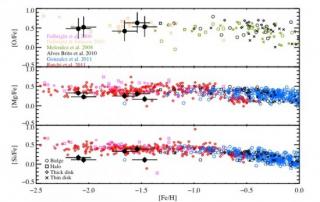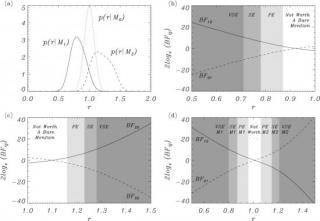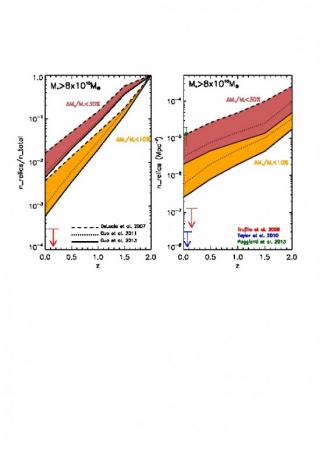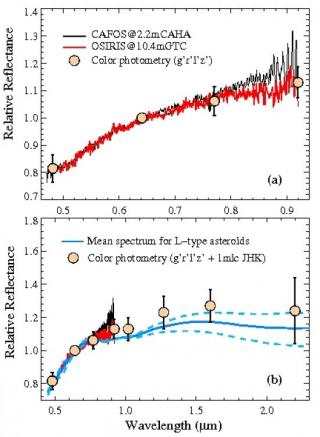Rotation plays a key role in the life cycles of stars with masses above 8 Msun. Hence, accurate knowledge of the rotation rates of such massive stars is critical for understanding their properties and for constraining models of their evolution.This paper investigates the reliability of current methods used to derive projected rotation speeds v sin i from line-broadening signatures in the photospheric spectra of massive stars, focusing on stars that are not rapidly rotating.We use slowly rotating magnetic O-stars with well-determined rotation periods to test the Fourier transform (FT) and
Advertised on



![Upper panel: composite image of NGC 6946 obtained by adding all the wavelengths for the Hα scan. The circle indicates the position of region at RA: 308.6998566 degrees, DEC: +60.1772541 degrees. Lower panel: spectral energy distribution for Hα + [NII] (le Upper panel: composite image of NGC 6946 obtained by adding all the wavelengths for the Hα scan. The circle indicates the position of region at RA: 308.6998566 degrees, DEC: +60.1772541 degrees. Lower panel: spectral energy distribution for Hα + [NII] (le](/sites/default/files/styles/crop_square_2_2_to_320px/public/images/news/resultados115_122.jpg?itok=QokYZpIE)
